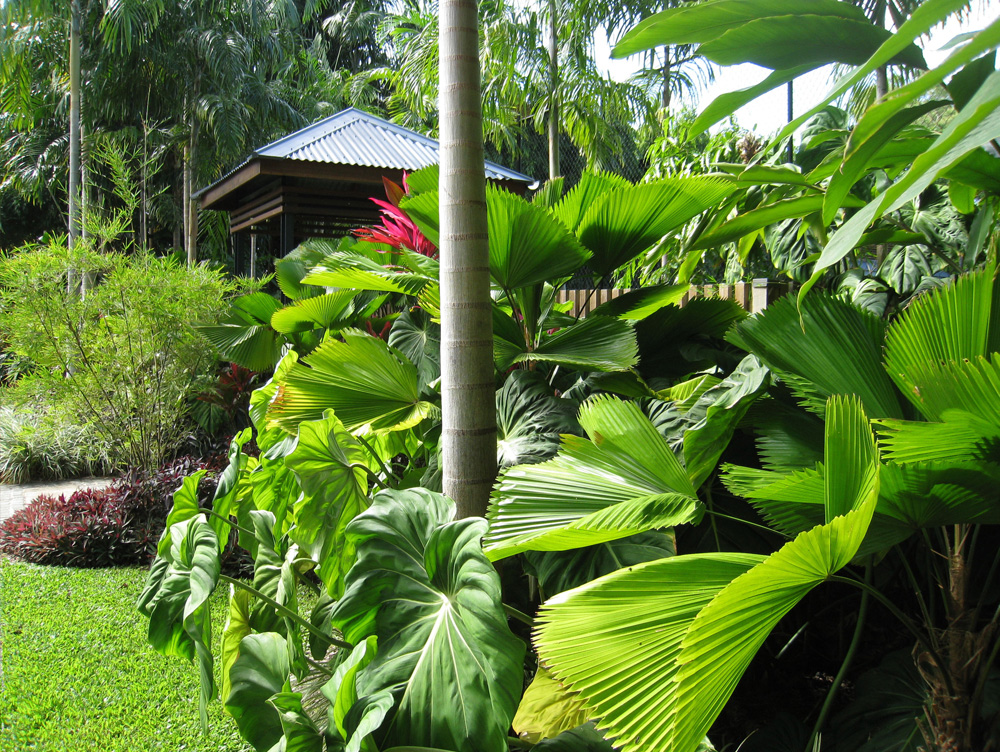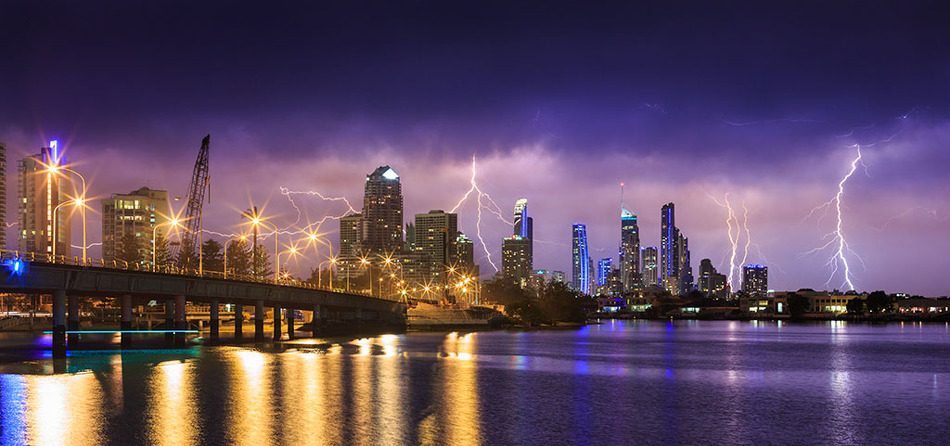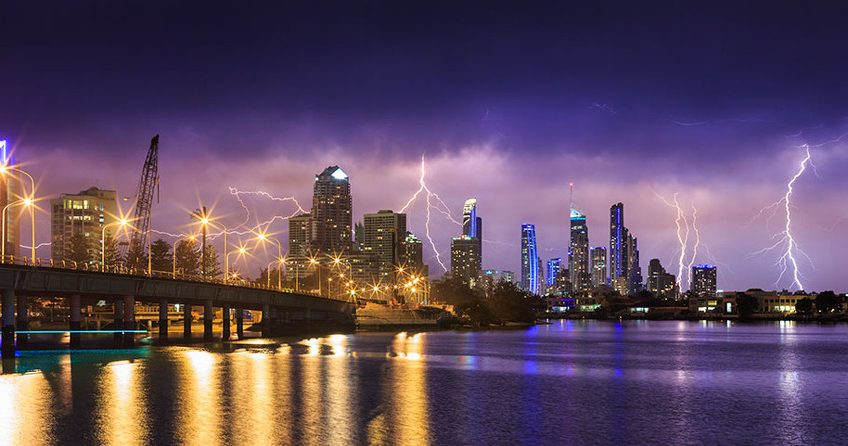Have you noticed how green your grass is and why your garden has ‘perked up’ after the recent storms and lightning on the Gold Coast?
Do your plants look brighter, fresher, and greener?
Our landscape team at Transforming Gardens have had many queries as to why the change has been almost instantaneous. Is it the fresh rainfall? Or maybe the slightly warmer temperatures, maybe even the increased humidity? While all of these things have an effect on your garden plants and lawn, lightning is known to be a major factor in fertilising plants naturally, therefore giving your plants a quick boost of life.

The Nitrogen Cycle
Nitrogen is essential to all living systems, which makes the nitrogen cycle (see diagram) one of Earth’s most important nutrient cycles. As you are probably aware the air we breathe is comprised of 79% Nitrogen and about 20% Oxygen.

Atmospheric nitrogen becomes a part of living organisms in two ways. The first; is through bacteria in the soil that form nitrates out of nitrogen in the air. Plants uptake the nitrates and convert them to proteins that then travel up the food chain through herbivores and carnivores. When organisms excrete waste, the nitrogen is released back into the environment. When they die and decompose, the nitrogen is broken down and converted to ammonia. Plants absorb some of this ammonia; the remainder stays in the soil, where bacteria convert it back to nitrates. The nitrates may be stored in humus or leached from the soil and carried into lakes and streams. Nitrates may also be converted to gaseous nitrogen through a process called denitrification and returned to the atmosphere, continuing the cycle.
The second; is through lightning.

A lightning bolt is 27,000 degrees Celsius, hotter than the sun and contains up to a billion volts of electricity. The intense heat and electric charges produced by lightning causes the nitrogen molecules in the air to cling to the oxygen molecules. This bond forms Nitric Oxide (NO), which then oxides into Nitrogen Dioxide (NO2), then to Nitric Acid (HNO3). This will either fall from the sky, or be collected by the rain drops – bringing a form of nitrogen that can now be used by the plants.
When plants receive this supercharged dose of available nitrogen, it helps them become brighter, healthier, and greener.
So when the storms come, remember gardeners love lightning more than the light show. We love lightning for all those nitrogen charged rain drops packaged as natural fertiliser that falls from the sky.
